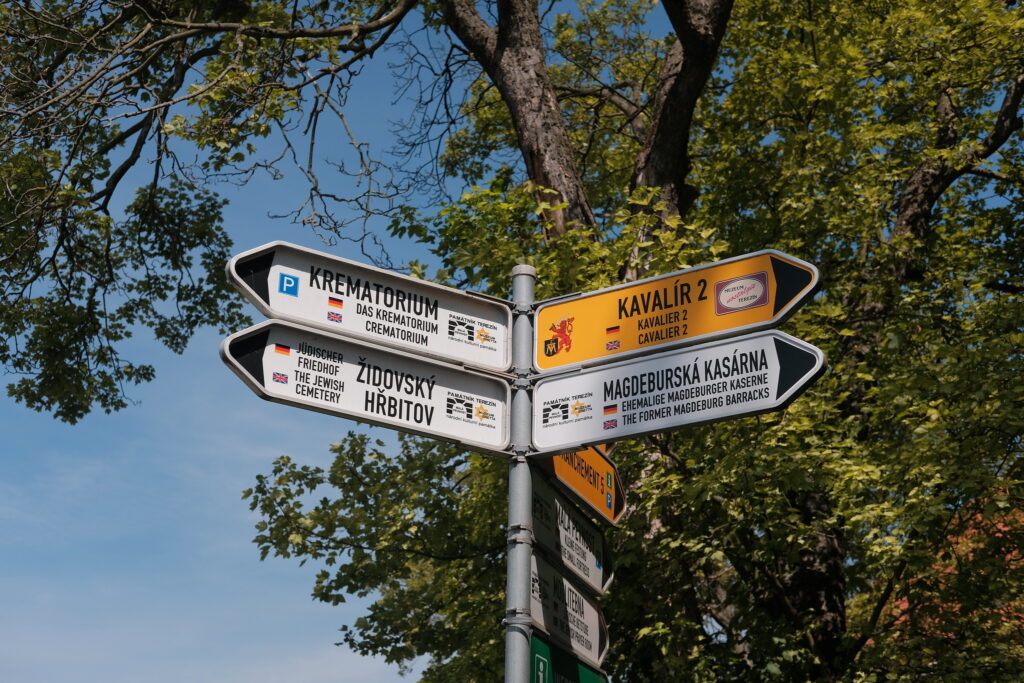Three Differently Powerful Places
Photo: Lev Gringauz – TC Jewfolk
This blog was written on JCRC’s Power of Place educators institute in Europe – an experiential professional development for teachers where learning unfolds as they tour historical sites across Europe in order to transform their understanding of the Holocaust, WWII, antisemitism, and Jewish life today. Power of Place is planned and co-led by Humanus Network on behalf of JCRC and generously supported by the Minnesota Vikings, the Tankenoff Families Foundation, and Allianz of America Corporation.
by Amber McMunn of Texas | June 28, 2024
I have taught the Holocaust in my classes and am a docent at Holocaust Museum Houston — so I have spent considerable time studying the events in order to teach others. But, as I reflect on the last 10 days of our trip, I am overwhelmed by the sites we have seen, especially the many camps created by the Nazis.
Treblinka today is very different from its height as an extermination camp. There are no buildings and no barracks, just memorials. that told a story that none of us could really grasp: 17,000 upright stones for 17,000 people killed each day. The power of this place was in its simplicity and symbolism.
As we moved to Berlin, we were met with the overlapping history of the Jews in Germany with the Nazis, and the Holocaust with the Cold War. Sachsenhausen camp outside of Berlin was the most intact concentration camp we visited. It still has complete barracks and buildings, as well as foundations of other barracks and the remains of the execution sites and crematorium. The power of this place was in seeing its vastness and a fuller picture of what camp conditions were like.
We then moved to Prague and visited Terezin, which housed the camp the Nazis called Theresienstadt. This camp was unlike any other that we visited. It was a town the Nazis fully converted into a ghetto and labor camp, and which they used in their propaganda machine to deceive the international community. It housed children and became famous for the artwork created there. However, the crematorium is still intact and reminds us of the actual function of the camp. The power of this place lies in revealing the extent to which the Nazis were determined to deceive the world.
These three camps are vastly different — in the way they functioned under the Nazis and in their current conditions. As the trip organizers promised, being in these places gives us as educators an undeniably physical reference point for how extensive the Nazi machine was, and how determined the Nazis were to carry out the Final Solution. The power of these places allows us, as teachers, to become witness to history and better prepared to pass this knowledge on to our students.
###
As the consensus public affairs voice of the Jewish community, JCRC builds relationships to fight antisemitism and bigotry; educates about Judaism, Israel, antisemitism, and the Holocaust; advocates for Jewish values and priorities; and safeguards our community.


